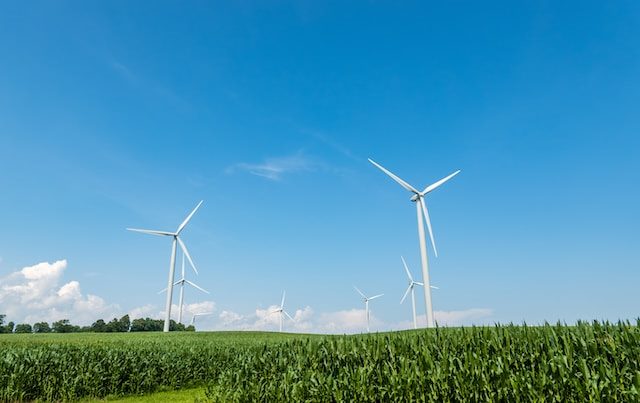
Welcome to our blog post on wind turbines and microgeneration in cold climates. In this article, we will explore the challenges that arise when using wind turbines in cold weather conditions and discuss ways to overcome them. Whether you are a beginner interested in renewable energy or a homeowner considering wind power, this article will provide you with valuable insights.
Understanding Wind Turbines
Before we dive into the challenges of wind turbines in cold climates, let’s have a basic understanding of how they work. Wind turbines are devices that convert wind energy into electrical energy. They consist of three main components: the rotor, the generator, and the tower.
The rotor, which includes blades, captures the kinetic energy of the wind. As the wind blows, it causes the blades to spin. The spinning motion is then transmitted to the generator, which converts the mechanical energy into electrical energy. Lastly, the tower holds the rotor and generator at an elevated height, allowing access to high wind speeds.
Challenges in Cold Climates
Cold climates pose specific challenges for wind turbine operation due to low temperatures and freezing conditions. Here are some of the major challenges faced in cold weather:
Icing
One of the primary issues with wind turbines in cold climates is icing. When droplets in the air freeze and accumulate on the blades, it creates an imbalance and reduces the turbine’s efficiency. Additionally, ice can cause damage to the blades and other components, leading to costly repairs.
Cold Start
In extremely cold temperatures, wind turbines may struggle to start due to the thickening of lubricating fluids and freezing of essential components. A cold start can result in increased wear and tear, as well as reduced overall performance.
Winter Maintenance
Regular maintenance is crucial for wind turbines to ensure optimal performance and longevity. However, performing maintenance tasks in cold and icy conditions can be challenging and potentially dangerous for technicians.
Overcoming the Challenges
Now that we understand the challenges, let’s explore some strategies to overcome them:
Ice Prevention
To prevent icing on wind turbine blades, several approaches can be taken. One common method is to apply an anti-icing coating or use materials with anti-icing properties on the blades’ surface. Alternatively, heating systems can be installed to keep the blades above freezing temperatures.
De-Icing Systems
In cases where icing is unavoidable, de-icing systems can be employed. These systems may include mechanisms such as heating elements, inflatable boots, or leading-edge heating strips to remove ice buildup from the blades.
Cold Weather Design
Wind turbines designed for cold climates often incorporate specific features to withstand harsh conditions. These may include cold-weather lubricants, low-temperature-resistant materials, and reinforced structures to handle increased loads caused by ice accumulation.
Remote Monitoring and Maintenance
Utilizing remote monitoring systems to regularly assess the performance and condition of wind turbines can minimize the need for on-site maintenance visits in challenging weather conditions. Real-time data can help identify potential issues and enable timely intervention.
Conclusion
While cold climates present challenges for wind turbines, advancements in technology and design have made it possible to overcome these obstacles. By implementing strategies like ice prevention, de-icing systems, cold weather design, and remote monitoring, wind turbines can operate efficiently and reliably even in freezing temperatures.
As we strive to transition to renewable energy sources, wind turbines in cold climates play a significant role in sustainable power generation. By understanding and addressing the challenges they face, we can harness the potential of wind energy and contribute to a greener future.
